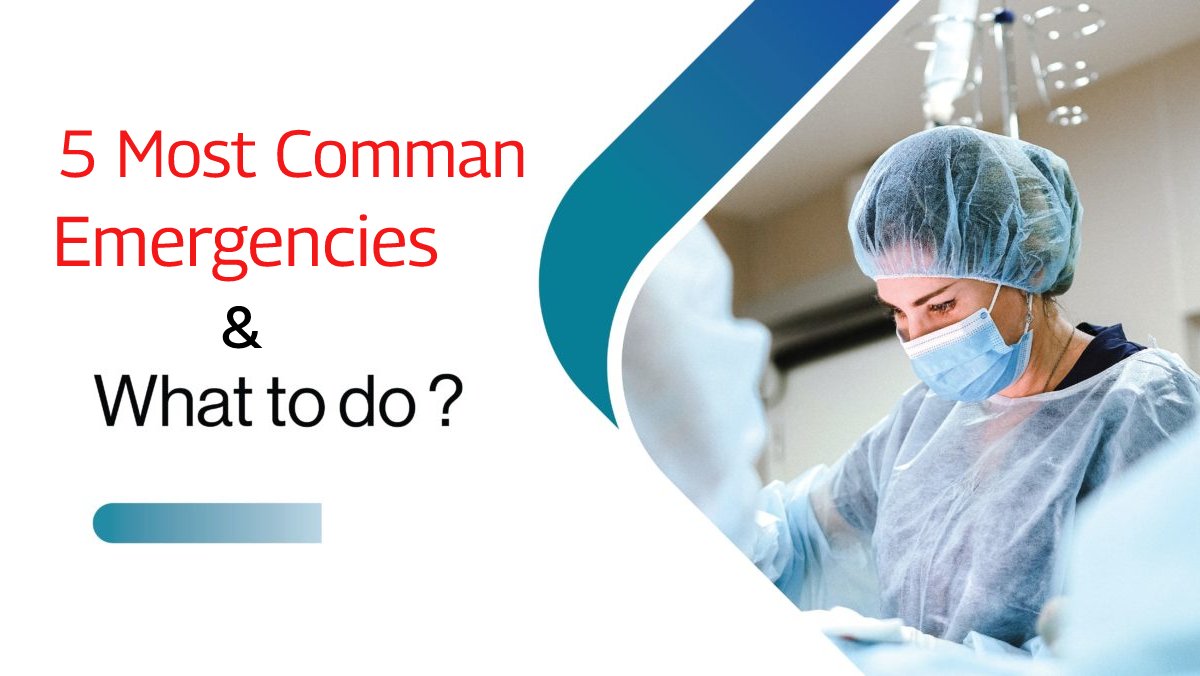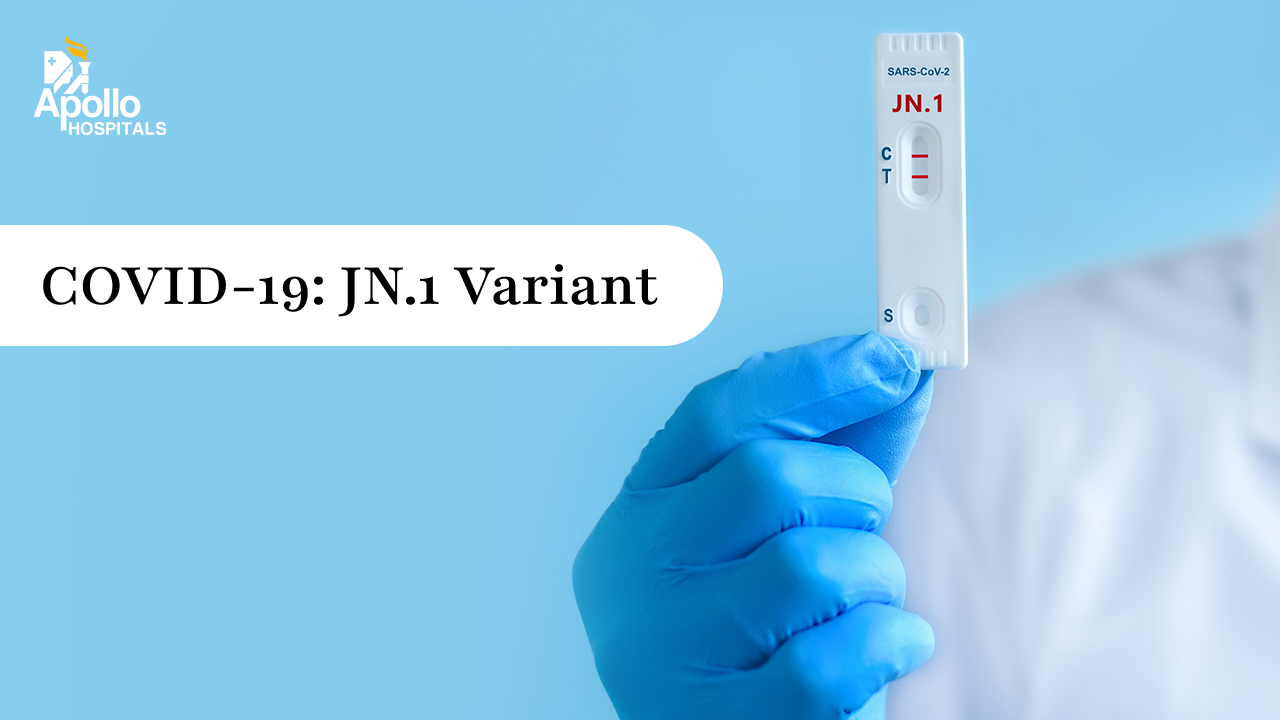Could not find what you are looking for?
Introduction: When Seconds Can Save a Lifetime
It’s 4:00 PM on a busy weekday in a corporate office. A 54-year-old man suddenly collapses at his desk, clutching his chest. Panic spreads among his colleagues. Unsure of what to do, one of them dials 1066 — Apollo Hospitals’ nationwide emergency helpline. Within minutes, an advanced Apollo 5G ambulance is dispatched. Equipped with real-time ECG streaming, on-board defibrillators, and connected directly to a panel of Apollo emergency physicians, the ambulance reaches the site in under 9 minutes. Treatment begins before the patient even reaches the hospital.
This is not a glimpse into the future. This is happening today, in India’s top cities. And it marks a radical transformation in how medical emergencies are handled, with speed, intelligence, and life-saving precision. Apollo Hospitals, already a pioneer in Indian healthcare, has once again redefined the emergency care paradigm by introducing the Apollo 5G Ambulance, a first-of-its-kind mobile critical care unit that’s fully integrated with its round-the-clock 1066 emergency helpline.
In a country where over 400,000 people die of cardiac arrest annually, many because they don't reach care in time, innovations like this can mean the difference between life and loss. India has long needed a next-generation emergency care infrastructure. Apollo has now delivered it and scaled it with compassion, connectivity, and clinical excellence.
India’s First 5G-Powered Ambulance: A Game-Changer on Wheels
The Apollo 5G Ambulance is not just an ambulance — it’s a mobile intensive care unit (ICU) with a 5G brain. Developed in collaboration with tech partners like Nokia and Bharat Sanchar Nigam Limited (BSNL), this is India’s first ambulance to harness ultra-low latency 5G connectivity to deliver pre-hospital critical care.
This technological leap allows live video and high-definition diagnostics to be transmitted from the ambulance to the emergency department, enabling specialist consultations en route. Whether it’s a stroke, trauma, cardiac arrest, or pediatric emergency, the Apollo 5G Ambulance ensures that treatment begins on the spot, and decisions are guided by Apollo’s best medical minds in real-time.
Here’s what sets it apart:
- Latency under 5 milliseconds, ensuring instant relay of vitals and visuals.
- High bandwidth, allowing multiple diagnostic feeds (ECG, oxygen saturation, etc.) to be shared simultaneously.
- Secure health data transmission, compliant with international medical data protection protocols.
What makes this system truly visionary is its seamless integration with Apollo’s 1066 emergency helpline — a service that’s already saved thousands of lives. With the 5G ambulance now part of its ecosystem, Apollo’s emergency response becomes not just reactive, but predictively proactive.
“In emergency care, time isn’t just money, it’s mortality,” says Dr. Sengottuvel , Senior Consultant Cardiologist, Apollo Hospitals. “With the 5G ambulance and the 1066 system working hand-in-hand, we are compressing that time to save more lives.”
How the 1066 Emergency Helpline Works — Behind the Scenes of Speed
At the heart of Apollo’s emergency response is the 1066 Helpline — a toll-free number that connects anyone, anywhere, to Apollo’s emergency control room. It’s more than just a call center; it’s a fully-staffed command hub with trained paramedical coordinators, dispatch officers, logistics analysts, and ER physicians working in sync 24/7.
Here’s how the system works:
- The Call: A patient or bystander dials 1066. The call is answered within seconds. Triage protocols begin immediately to classify the emergency level — critical, semi-urgent, or stable.
- Triage and Dispatch: A trained coordinator performs tele-triage using Apollo’s proprietary guidelines and instantly dispatches the nearest available ambulance, including 5G ambulances when the case is time-sensitive.
- Pre-Hospital Coordination: Using GIS-based real-time vehicle tracking, ambulance movement is tracked live. The control room stays in touch with both the ambulance team and the destination hospital’s emergency unit, ensuring bed availability and readiness.
- Real-Time Data Sharing: For critical cases, vital parameters and visual feeds are relayed live from the 5G ambulance to ER teams. Apollo’s emergency physicians can even talk directly to the patient inside the ambulance via video if needed.
- Continuous Family Support: Family members receive SMS alerts, ambulance ETAs, and have access to live helpline support. For intercity transfers, additional logistics like air ambulance connections or specialist consultations are coordinated centrally.
The care transition time at Apollo hospitals is significantly lower due to this tight integration. What’s more, the 1066 system ensures equity of care, responding to every caller regardless of socioeconomic status.
Inside the Apollo 5G Ambulance: Where Technology Meets Triage
Step into an Apollo 5G Ambulance and you’ll see the future of emergency care on wheels. From the outside, it may look like a high-tech van. Inside, it’s a mobile ER, meticulously designed to save lives on the move.
Equipped with:
- High-Definition Cameras and Smart Screens
For seamless two-way video consultations between on-board paramedics and Apollo’s emergency specialists. This is especially critical for neurology, cardiac and trauma cases where quick decisions are vital.
- Connected Diagnostic Devices
These include real-time ECG, pulse oximetry, BP monitoring, glucometers, and portable ultrasound, all digitally linked to Apollo’s ER interface. Doctors can visualize and interpret results instantly.
- Tele-ICU Integration
Each ambulance is linked to Apollo’s Central Command TeleICU, where specialists provide remote oversight for stabilization protocols, including drug titration and airway management.
- AI-Driven Clinical Decision Support
Advanced 5G ambulances are also being piloted with AI modules to flag deteriorating vitals and alert doctors on board or remotely.
- EMR on the Move
The on-board electronic medical record (EMR) system ensures that the entire case history, from first vitals to interventions, is logged and handed off to the ER team without duplication or delays.
Each Apollo ambulance is staffed with highly-trained emergency medical technicians (EMTs), certified in ACLS (Advanced Cardiac Life Support), BLS (Basic Life Support), and trauma resuscitation.
“This is not just advanced hardware; it’s a living, thinking emergency system,” says Ravikant , Lead Paramedic, who has already handled over 30 emergency cases in the Apollo 5G ambulance. “We no longer feel alone in the field. With 5G, Apollo ER is right there with us, inside the ambulance.”
From Minutes to Miracles: The Clinical Impact
What difference does a 5G ambulance really make? Let’s take a real-world example.
A 40-year-old man in Chennai collapses while playing badminton. His friend calls 1066. Within 6 minutes, a 5G ambulance reaches him. The on-board EMT records an ECG that reveals ST-Elevation Myocardial Infarction (STEMI), a severe form of a heart attack. Live ECG and vitals are transmitted to the nearest Apollo Hospital where cardiologists confirm the diagnosis and prepare the cath lab.
While in transit:
- Aspirin and oxygen are administered.
- Further medications like antiplatelet agents or medicstion for pain adminsited under doctor orders
- IV line is secured.
- Patient is monitored.
- Consent for the angioplasty is digitally coordinated with the patient’s family.
By the time he reaches the hospital, treatment starts within 3 minutes. Result? Complete recovery. No cardiac damage. Zero delay.
Clinical outcomes speak for themselves:
- 30% improvement in stroke outcomes due to quicker door-to-needle times.
- 40% faster triage for trauma patients during the Golden Hour.
- Over 12,000 lives touched through 5G ambulance-supported interventions since pilot rollout.
- High compliance with pre-hospital emergency care protocols that increases survival rates in cardiac and neurological emergencies.
Apollo’s 5G system isn’t just advanced, it’s clinically validated to save lives.
Apollo’s Vision: Scalable, Smart, and Everywhere
Apollo isn’t just piloting a 5G ambulance. It’s building a nationwide ecosystem with a smart, decentralized, and inclusive approach. The goal? To ensure that every Indian, in every corner, has access to high-quality, time-sensitive medical intervention.
By 2026, Apollo plans to scale emergency care
- Over 100 5G-enabled ambulances across urban clusters.
- Integration with state health departments for joint dispatch models.
- Expansion of the 1066 helpline to regional languages for better rural inclusion.
Additionally, Apollo is working to:
- Build AI-based triage engines to support first responders in rural India.
- Use drone tech to pre-survey congested areas and even deliver life-saving drugs ahead of ambulances.
- Partner with NGOs, CSR programs, and local governments to train community first responders under the Save A Life initiative.
“Emergency care should not be a privilege. It must be a public right,” says Dr. Sangita Reddy, Joint Managing Director, Apollo Hospitals. “Through 1066 and our 5G ambulance network, we are creating a digitally-enabled emergency infrastructure that can serve every Indian, regardless of geography.”
Conclusion: The Future of Emergency Care Has Arrived
From a call to 1066, to a high-tech 5G ambulance at your doorstep, to real-time treatment before hospital arrival, Apollo Hospitals has reimagined what emergency response in India should look like.
It’s faster. It’s smarter. It’s life-saving. And it’s already saving lives across cities every day.
So the next time you witness a medical emergency, don’t hesitate, don’t panic, don’t wait.
Call 1066.
Because in those crucial moments, every second counts, and Apollo is ready to respond.
Frequently Asked Questions (FAQs)
1. What is the Apollo 5G Ambulance, and how is it different?
It’s a high-tech mobile ICU with 5G connectivity that enables live video, vitals sharing, and remote doctor consultations during transit — unlike regular ambulances.
2. Who can call the 1066 Emergency Helpline?
Anyone across India can call 1066 in a medical emergency. It’s toll-free and connects you to Apollo’s emergency response team 24/7.
3. Where is the 5G ambulance available?
Currently in metro cities like Delhi, Chennai, Hyderabad, Kolkata, Bengaluru, and Navi Mumbai, with plans to expand nationwide.
4. What emergencies can the 5G ambulance handle?
It handles all critical cases, heart attacks, strokes, trauma, maternal, and pediatric emergencies, with ICU-grade equipment and remote specialist support.
5. Is there a cost to use 1066 or the ambulance?
Calling 1066 is free. Ambulance charges depend on the service type and location, but are transparently communicated. Insurance and health schemes often apply.







